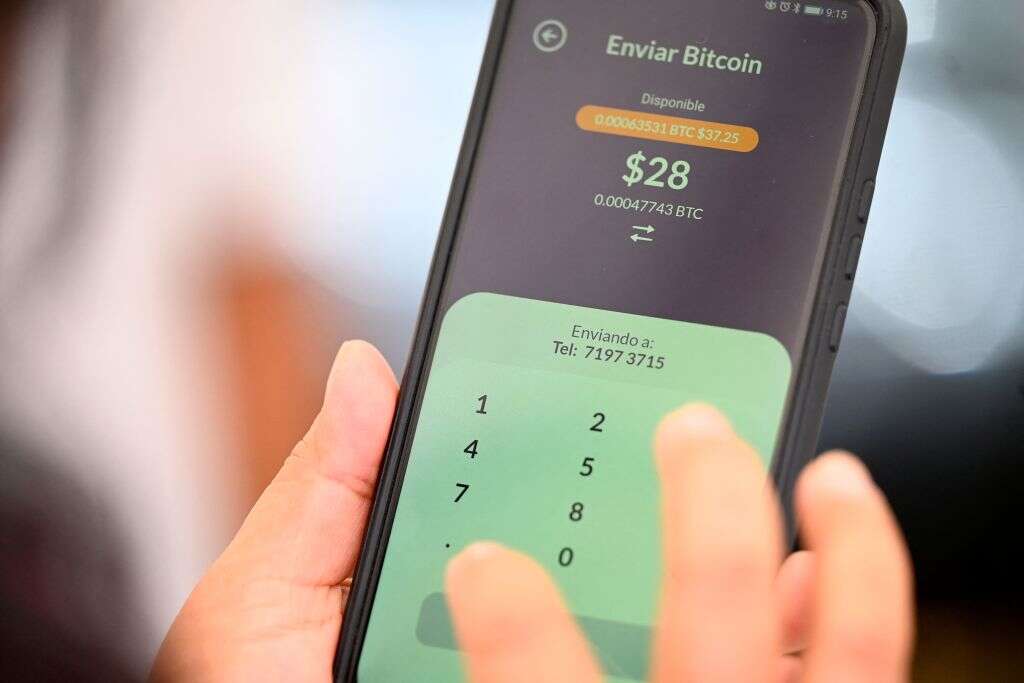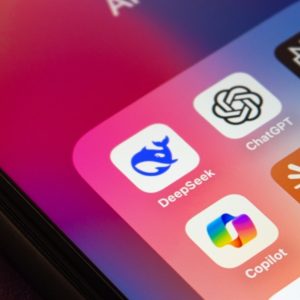
Cryptocurrencies are growing in popularity by the day and governments around the world are not oblivious to the trend. Many are considering ways to regulate, adopt or, in some cases, ban the digital currencies, while there is also growing interest among central banks to create a digital version of fiat, or traditional, money.
But as research by IE Centre for the Governance of Change shows, conversations around cryptocurrencies tend to confuse ‘money’ with ‘systems of payments’, with the terms central bank digital currencies (CBDCs) and cryptocurrencies often used interchangeably. In some cases, the launch of a new system of payment is also confused for a CBDC, as Venezuela’s recent launch of the digital Bolívar demonstrates.
What is a government cryptocurrency?
Although it is not a formal term, government cryptocurrency is normally used to refer to a cryptocurrency that has been officially issued or endorsed by a country as legal tender. In 2018, Venezuela because the first, and so far, only nation to issue its own cryptocurrency: the Petro.
Nicolás Maduro’s government claims that the crypto is backed by Venezuela’s oil, gold and diamond reserves, and that each Petro is pegged to the price of one barrel of Venezuelan oil. Petro’s official website asserts that the currency can be used to pay for goods and services in Venezuelan businesses and institutions that accept it, and that Petros can be exchanged for other cryptocurrencies or fiat money.
However, the Petro has been dismissed by foreign observers as a “scam” to circumvent the international sanctions imposed on the country and has reportedly been rejected by retailers as a means of payment.
Another form of government cryptocurrency is when a country recognises an existing cryptocurrency, such as bitcoin or Ethereum, as legal tender. That is the case in El Salvador, which in June became the first country in the world to pass a ‘Bitcoin Law’ that allowed the use of bitcoin alongside the US dollar, the only official currency in the Central American nation since 2001.
A government backing a cryptocurrency, as El Salvador has done with bitcoin, is the equivalent of dollarisation or “a country declaring legal tender of some other country’s money”, explains Fernando Fernández Méndez de Andes, economist and professor at IE Business School.
The difference, in this case, is that unlike other examples of dollarised economies, El Salvador does not consider bitcoin a legal liability to its central bank: “It simply declares payments in bitcoins legal in that country, and it does not commit to any fixed exchange rate between bitcoin and US dollars. Thus, holders of bitcoins may experience capital gains or losses,” says Fernández Méndez de Andes.
In April 2022, the Central African Republic became the second country to recognise bitcoin as an official currency.
What are the benefits of adopting a government cryptocurrency?
Many governments around the world are wary of making cryptocurrencies legal tender because of the financial, legal and regulatory implications that such moves can entail. In some countries, such as China, cryptocurrencies have been banned altogether.
The decentralised nature of cryptocurrencies means they are outside the control of central banks and international financial institutions, which makes opposition by these bodies unsurprising. When El Salvador adopted bitcoin, the World Bank and the International Monetary Fund (IMF) declined to help the country implement it, citing transparency, financial and legal issues.
“[T]aking into account [bitcoin’s] high volatility, one can question how much sense it makes to consider bitcoin legal tender when most people still (continuously) calculate back and forth between the value of their bitcoins and fiat currencies like the USD and EUR," fintech lawyer Willem Röell told Tech Monitor at the time.
Advocates of cryptocurrencies say they can help improve access to basic financial services in countries, such as El Salvador, where large segments of the population remain unbanked and help making regular payments easier. But in Fernández Méndez de Andes’s view, there are not many benefits to a country’s central bank backing a cryptocurrency.
“Typically, countries considering it are failed states in terms of monetary policy, countries whose central bank does not have any credibility and has been unable to make its domestic currency widely used; countries with a history of high inflation that have dollarised, or de facto adopted another international reserve currency as the favourite means of exchange and store of wealth,” says Fernández Méndez de Andes.
The potential benefits to a country such as El Salvador in recognising a cryptocurrency as legal tender include gaining freedom from US monetary policy and interest rates and attracting investors, he continues. This in turn could contribute towards diversifying and enlarging the capital base of the country. But with the exception of money laundering, Fernández Méndez de Andes wonders why any investor would be interested in participating in those economies.
“The risk of being singled out in a blacklist should be a serious concern before adopting such a decision because chances are banks in that country will be banned [from operating] in any major financial centre,” he says.
Are CBDCs a government cryptocurrency?
Unlike cryptocurrencies, a central bank digital currency (CBDC) is a digital currency issued directly by a central bank and as such is a direct liability to it. It is a form of public money similar to cash, the only difference is that it exists in a digital format. So if the UK were to adopt a CBDC, a £10 CBDC would be worth the same as a regular £10 note. Unlike cryptocurrencies, a CBDC would be stable in value and a safe form of money rather than a speculative asset.
“A CBDC is a complement to notes and coins, to cash,” explains Fernández de los Andes. “It is legal money issued by the central bank, a liability of the central bank, fully redeemed in cash and legal notes and coins with no exchange risk, nor any additional cost.”
Another difference between cryptocurrencies and CBDC is that whereas the former are always run on blockchain, or distributed ledger technology, the latter would not necessarily use it. This is because the central bank underpins the CBDC, providing a level of trust for users. The nature of cryptocurrencies means there is no central party overseeing the system, meaning a distributed ledger is needed to help maintain the security of assets.
Which countries are using a CBDC and what are the risks?
Eighty-six per cent of central banks are considering the opportunities and risks of implementing a CBDC, a study by the Bank for International Settlements found. Although many countries have already started developing and launching CBDC pilots, most of them are still in the research phase and to date, only seven countries have launched one. These countries include the Eastern Caribbean Central Bank’s DCash, the Bahamas’ digital Sand dollar or Nigeria’s eNaira. China, Sweden, the UAE and Thailand are among the 16 countries that are currently involved in large-scale pilots of a CBDC.
In the UK, HM Treasury and the Bank of England announced this month “the next steps on the exploration of a UK Central Bank Digital Currency (CBDC)”. The project however is still in its research stages and it is yet unknown if the UK will launch a CBDC in the near future.
Other countries and blocs, such as Russia, Japan, South Korea, the US and the European Union, are also investigating the possibility of launching a CBDC.
Launching a CBDC is not without risk. Before issuing digital money, a country needs to ensure that it has adequate cybersecurity and technology infrastructure in place. It also needs to consider the economic implications and how it will affect financial inclusion.
Read more: Here’s how countries around the world are pressing ahead with CBDCs
Is Venezuela’s digital Bolívar a government cryptocurrency or a CBDC – or neither?
In addition to the Petro, Venezuela has been using an electronic currency since the beginning of October. The digital Bolívar was first announced by President Maduro in January when he said that Venezuela would move “to a 100% digital economy” during his annual message to the country.
The introduction of the digital Bolívar came with a new monetary scale by which six zeros were removed from any value. For example, something that would cost 1,000,0000 Bolívars in the past today costs one Bolívar. This, the Central Bank of Venezuela said in an official statement, will facilitate transactions and everyday payments. Since 2016, Venezuela has been suffering an inflation crisis resulting in everyday commodities such as bread or milk costing millions of Bolívars, making notes virtually useless.
However, the digital bolivar is not a government cryptocurrency and, according to the American think tank Atlantic Council, is not a digital currency or a CBDC either.
“[Venezuela’s central bank] renumerated the currency and removed six zeros to ease accounting processes and have launched an SMS-based exchange system for the digital version of the 'digital bolivar', while also launching new banknotes and coins of the digital bolivar,” a project lead for the Atlantic Council's CBDC tracker told Tech Monitor. “The exchange system seems P2P at best, with no information on the retail or wholesale uses. It does not seem to be backed by blockchain, distributed ledger technology or even a centralised ledger.”
Home page image by STHANLY ESTRADA/AFP via Getty Images






